THANK YOU FOR SUBSCRIBING

Implementation of Technology in the Usage And Conservation of Electricity
Anna. Carolina Tortora, Virtual Energy System Programme Director, National Grid Eso

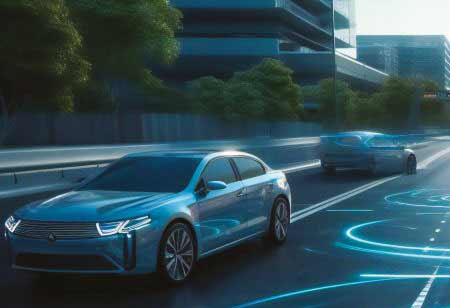 Anna. Carolina Tortora, Virtual Energy System Programme Director, National Grid Eso
Anna. Carolina Tortora, Virtual Energy System Programme Director, National Grid Eso1. In Your Experience As Virtual Energy System Programme Director And Head Of Digital Transformation And Innovation Strategy At National Grid Eso, What Would You Say Are Some Of The Changes You Have Witnessed In Recent Times In Regard To The Implementation And Use Of Technology?
The world is changing dramatically, and the use and implementation of technology are often at the core of these changes. When I started as National Grid’s Head of Innovation Strategy in 2016, renewable energy at the grid scale level was just beginning to play a more extended part, as most European grids were still mainly sourced through coal, oil, gas, and nuclear generation, while electric cars had just started to run on our streets.
For the past few years, with the goal of a net zero future in mind, the way we generate, manage, and consume energy has been innovated through a digital revolution, which enables us as a society to become experts in forecasting and managing our impact on the world around us. I would like to highlight the importance of collaboration within the industry, particularly when it comes to data sharing. Programmes such as the AI Centre of Excellence and Virtual Energy System are empowering the wider energy system to work together by setting up the tools, channels and frameworks required to drive digitalisation.
The industry is also using more data and algorithm-centric technology and embracing the crucial benefits data provides when it comes to finding more efficient energy solutions.
2. With Technology Gaining Prominence, How Has It Helped You Manage Great Britain’s Energy Needs And Shift Towards A Zero-Carbon Grid?
From a technological point of view, we are building the Virtual Energy System through digital twin technology. Digital twin technology is not new and has already been applied within the energy industry in Great Britain, but it has never been delivered at a whole-system level before. Our aim through industry collaboration is to connect different digital twins across the energy industry to create a whole system approach based on real-time replicas of physical world assets.
In March 2022, National Grid ESO received funding from Ofgem’s Strategic Innovation Fund (SIF) for the Discovery phase of the Common Framework; we are currently working on developing a ‘blueprint’ of technical standards and engagement principles which will facilitate interoperability for users.
From a social point of view, a very important part of our work includes exploring with our stakeholders key areas such as cyber security, data quality, legal and regulatory issues, risks and metadata, among others. For this reason, we have set up three industry advisory groups, which will bring together members across academia, government, and the wider industry: the ‘Use Cases Advisory Group’, the ‘Data and Technology Advisory Group’ and the ‘People and Process Advisory Group’. Their role is to facilitate expert input and review of the Virtual Energy System.
3. Why Is It Important To Reshape The Ways Of Working And Thinking And Basing Decisions Not On What Has Worked Before But On What We’re Observing Today, And Why Is It Significant To Garner Such A Mentality?
Great Britain’s energy sector is becoming more integrated, with the number of new participants and systems rapidly increasing. It is changing at such scale and such pace that driving innovation through digitalisation and a whole-system approach requires a greater adaptability to align to current and future challenges.
I believe that this can only be accomplished by being open to learning new things and imagining possible future scenarios to help making decisions on finance solutions, which is also part of my job. While working in innovation and strategy at the heart of the nation’s energy system, I have a responsibility to create a sustainable, low-carbon system for the future, with projects that typically have a greater uncertainty in their outcomes and the way to tackle this uncertainty is to garner a mentality of discovering what is possible as we explore paths to reach our goals.
4. In Your Professional Experience, What Are Some Of The Technology Developments That You Are Looking Forward To And How Are You Actively Shaping The Future Of The Electric Utility Arena?
There is a big opportunity to expand the modelling and simulation of energy systems and markets through the Virtual Energy System by increasing available data from across the sector and providing it in interoperable formats.
"From a technological point of view, we are building the Virtual Energy System through digital twin technology. Digital twin technology is not new and has already been applied within the energy industry in Great Britain, but it has never been delivered at a whole-system level before"
Based on this, the anticipated technology developments will consist of greater analytical capacity of energy generation, consumption, and distribution. We will achieve this through software and technology components that can be re-used and may be either open source developed for Virtual Energy System or other recommended packages that are compatible.
Through use of decision support tools, operators within the market will be better able to serve customers with improved reliability, pricing and response times to incidents, not just for us, but for the whole GB energy system.
5. Can You Elaborate On What Are Some Of The Challenges That Come With The Fundamental Shift In Culture And The Technological Implications Within An Electric Utilities Business?
As the energy system becomes more complex, interconnected, and dynamic, our existing industry data processes need to constantly evolve to remain fit for purpose. Looking ahead our decisions will require ever increasing sources of data, span more organisations and more countries. Therefore, the main technical challenge revolves around creating an ecosystem of cyber secure connected digital twins, translated from complex industrial assets, processes and systems as data and models with supporting information management at a huge scale.
Following the development of new data intensive models, ESO now faces the challenge of processing a vast number of calculations and how to incorporate them within existing processes.
Another challenge is to find a way to be more efficient in how we model the data and have capacity to analyse increasingly large, complex datasets. To address this, we have to ensure we have a solutions-focused mindset and prioritise acting in a way that enables more efficient and optimised decision making.
6. On An Ending Note, What Is Your Advice For Other Senior Leaders And Cxos Sector?
In the context of our main current innovation programmes and as a system operator, our job is really to try and understand what we can do to encourage others to build a digital twin. The Virtual Energy System is a social-technical programme and a shared asset that is being built and operated by members of the Great Britain’s energy industry.
I would advise other senior leaders and CXOs to work with us to drive positive change through digitalisation in the energy system. The Virtual Energy System is about bringing the industry together. We don’t want to have one player design the whole system; so, we are asking everyone to come together to build a perfect replica of all the assets on the grid and provide a single language through which they can communicate, following the principles of the National Digital Twin Programme.
I’d also encourage the industry to share new use cases and any other brilliant ideas which reflect the value and potential to be obtained from data sharing. There are a lot of open questions around the Virtual Energy System, around digital twins in general – I am putting out an open invitation to the industry to move conversations forward.
Read Also




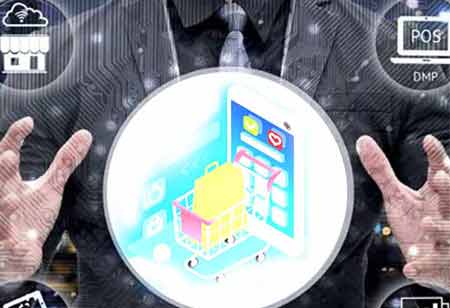
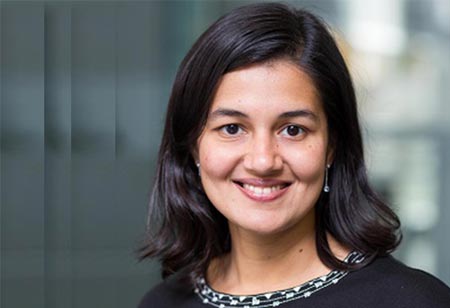
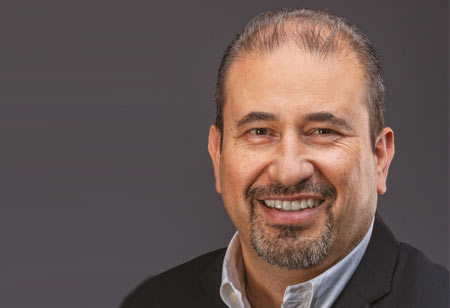




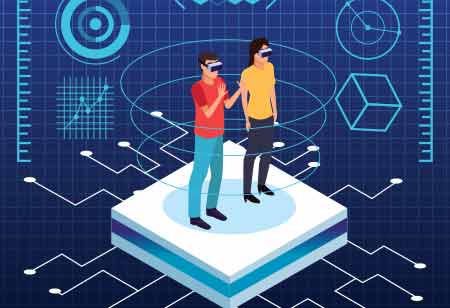









ON THE DECK
LiDAR Canada 2024